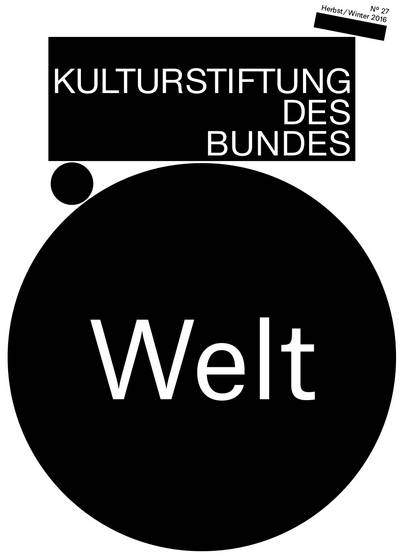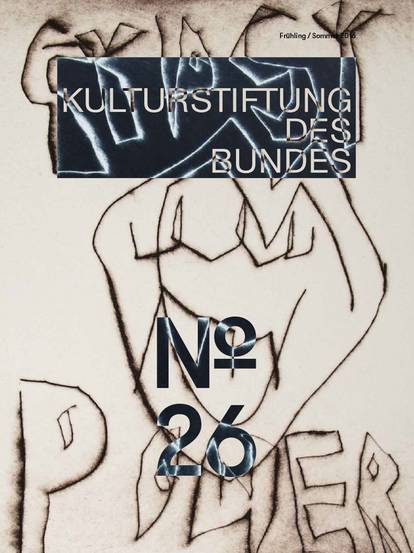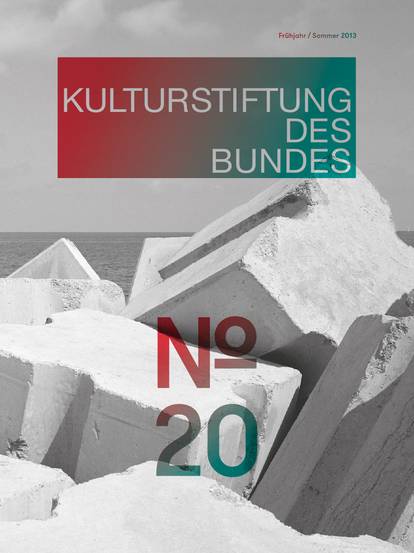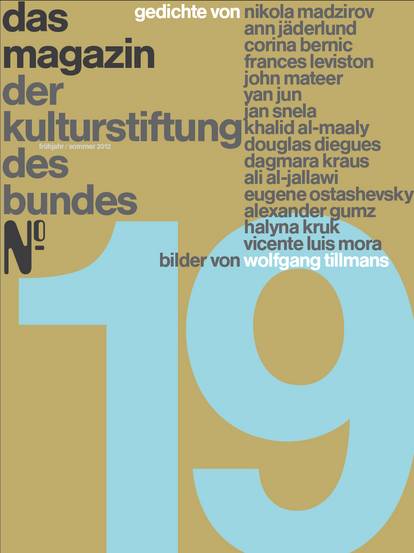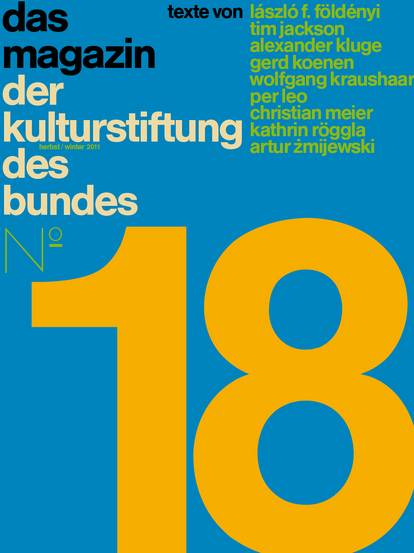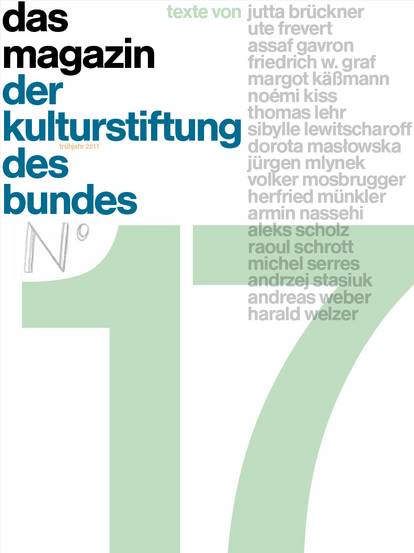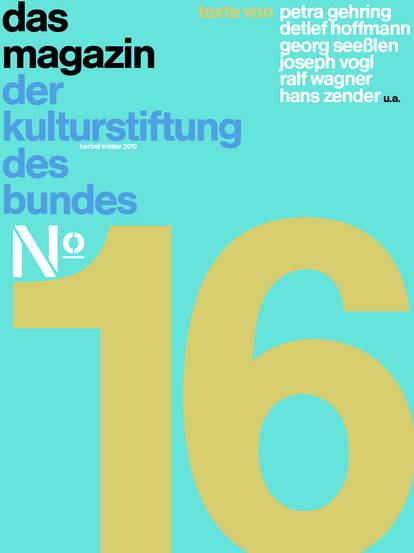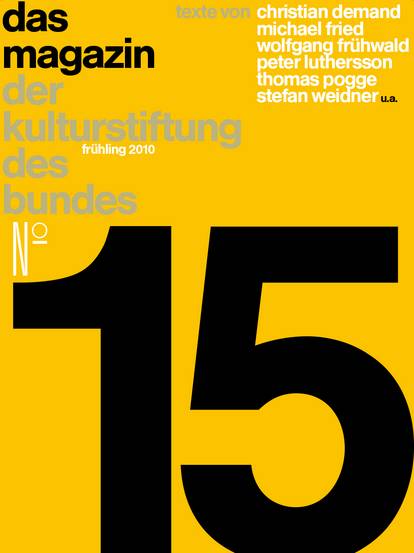Art or folklore? Why Victor Vasarely’s pictures have been unjustly relegated to the trashy corners of art museums. A rehabilitation.
Leafing through his old catalogues, listening to the quiet crackle of the glossy pages peeling apart, it feels like an old movie. The tired colours. The distant sound. The hiss of history. Does anyone still remember the story of Victor Vasarely? He had once been a star of the art salons in the post-war decades. Celebrated like Bernard Buffet. But without the sad clowns. How he enchanted us with optical tricks! With colours so persuasive like the traffic lights at an intersection. Those mysteriously moving patterns of right angles and straight lines and curves sketched with such precision would make you want to hide your old school notebooks with all those failed parabolas and hyperbolas in shame.
Vasarely’s pictures have long been hidden away. Somehow it would be embarrassing to have them displayed in the collections of contemporary art. Disquieting memories of a bottomless stock market crash. Our fathers’ and mothers’ blue chips which every documenta in Kassel had put its money on until the mid-1960s. Those times are long gone. And it sounds like ancestral mythmaking when people recall standing in front of these pictures as if they were revelations of the most dazzling clarity.
The fact that illusionism is not the result of the old game of visual make-believe, but rather precise geometric calculation, transparent construction, was a liberation from the magic of mimesis. And this seemed to fully square with our contemporary expectations of the image when we discovered the spherical impression at the centre of a field of squares, knowing that it was solely caused by how we perceive the world, and that we had no choice but to visualise a spherical apparition when presented with the corresponding pattern of lines and arrangement of colours.
Everybody knows that the image is absolutely flat, and there is no hidden ball bulging below the canvas. And yet, there is no way to perceive it otherwise. You see how the picture inflates. And when you come back to it later, it still inflates just like before. And what else do we want from painting? It was like completely sensualised rationality – as if reason had finally arrived at the arts and the amazement had become intelligible. Apparently, the aesthetic pleasure could also be achieved just as well with the enlightened means of mathematically precise pictorial strategies.
They came up with the term “Op Art”. It never really made complete sense, especially if we try to imagine the opposite, a non-optical art, but it established itself nonetheless and served as an index of contemporary artistic understanding for an entire era. And one of the factions of the “Op Art” movement was the “kineticists” – a group who set out to put some legs on the age-old static image. And that’s just how it is – things are in motion though nothing is moving. If we sweep our eyes across a Vasarely picture from the kinetic group, the colours and forms begin to flutter like the lamella of a curtain. A fascinatingly contemporary experience in a time which was thoroughly delighted by its advancing acceleration. Finally, pictures that fit the times, free of scientific scepticism, with which painting had forever acknowledged its lack of technical competence. And when the moon landing was broadcast on the first television at home in 1969, Victor Vasarely could have cut as good a figure as any expert in the control room at Cape Canaveral.
In fact, Vasarely was the first to win over a large audience, applying a universalist concept of art that delivers all sensual surprises through calculus and rules. In his ingenious works, abstract art – which the public had come to view as one long chain of visual labours, had finally achieved its long-desired plausibility. It was no longer necessary to ask what it was “supposed” to mean. No one had to fear that the trembling of the colours and forms could taper off. The picture on the wall remained free of wear and tear like a new couch corner.
And in contrast to many contemporaries of constructive art whose crisply outlined squares were akin to images of infinity, Vasarely’s Op Art was free of all metaphysical suspicion. Although the master certainly penned his share of profundities: “The definition of the unity of ‘form-colour’ led me to a combined-objective method in sculpting which has universal validity. I call it ‘planetary folklore.’” Which, of course, when viewed from a combined-objective perspective, is not so easy to understand. But he was right in calling it “planetary folklore”. During the decade of Vasarely’s triumph, there was no other work which so manifestly affirmed the old phantasms of modernism using the global language of art. Because there is nothing really in these pictures to understand, they have been understood universally.
Art has never gone long without interpretation. There had to be something concealed behind those mysterious symbols and gestures. And even when everything seems clear and unambiguous like the 32 Campbell’s soup cans that Andy Warhol painted on canvas, people are reluctant to forego the pedagogical handout. Very unlikely that the painter was merely interested in the circumstances of painting. With Vasarely, the liberation from the diktat of interpretation finally succeeded. And at the same time, the fulfilment of a cultural democratic utopia. Even without academic credentials and without having taken a course on artistic observation, the contorted squares bulge toward us like a graphic beer belly.
And there is no contradiction in the fact that the work possesses its meticulously conceived structure. I personally met the artist in 1976 at the opening of his “Fondation” in Aix-en-Provence where we spent a late summer day relaxing on the lawn at the edge of an artificial pond. I found him to be an educated man who could lead you through his world of ideas so eloquently that you’d swear by the end that here was one who had finally hit upon the world formula. And if one takes the time to read Werner Spies’s major Vasarely monography of 1971 – arguably the most thorough study of his works to this day – it occasionally feels like entering a research institute where one lab door after another is opened to you. There is the “Permutation” and the “Hommage à l’hexagone”, the “Denfert Period” and the “Gordes-Cristal Period”. Astounding order and discipline predominated throughout the decades. And in contrast to the communal artist narrative which tends to portray the creative mind as an incoherent madcap, Victor Vasarely brought light and logic into the business and would not tolerate impassioned paint smearing in his pictures.
It is worth noting that these images, sculptures and reliefs garnered their greatest success at a time when the presumably popular Pop Art from America was shocking audiences with its obvious lack of depth, and the informal gestural painting, which had long dominated in Europe, was sleeping off its most recent buzz, and the only ones who actually enjoyed the trendy happenings and Fluxus spectacles considered themselves belonging to the avant-garde elite. Vasarely’s was People’s Art in the best sense of the word. And his widely disseminated graphic creations – at times, marked by sublime simplicity, and others, intricate as Sudoku for experts – have probably done as much to influence the taste of socialised, reform-minded citizens as the do-it-yourself furniture from the IKEA stores.
Perhaps the Vasarely hype that existed at one time also has something to do with the fate of the Bauhaus. The former teachers with their functionalistic and new-objective programme had all been forced to emigrate. Their austere views on design especially flourished in Latin America. And what came back to Germany possessed little of the didactics of perception which the Bauhaus masters had explored in the arts and crafts in the 1920s. The “good form”, as scholars designated avant-garde design in the 1950s, remained confined to progressive circles. And constructivist painting, whose principal representatives comprised the Zurich concretists, was nothing more than a special case of abstract art. An expression of a purist snobbishness which never truly conquered the hearts of the viewers. While we may eventually succumb to boredom by Max Bill’s endless gold-bronze ribbon no matter which way we tilt our heads, Vasarely’s images with their vibrating colours and serial dynamics always provide cultivated entertainment – and have exported L‘Esprit de la France more popularly than a master of all classes like Picasso.
Vasarely, who was born in Hungary and only moved to Paris in 1930 where he worked as a commercial artist, has always been considered a French artist who seemed completely untouched by his country’s surreal legacy, untouched by the priestly gestures of informal painting, yet also wonderfully detached from the imperial grandiosity of American abstract Expressionism. His art possessed something recognisably practical to life and had no need for echo chambers in which images became sacrosanct. Which doesn’t contradict the fact that there was a Vasarely before Vasarely. Academic attempts with obliging trompe-l’œil effects, figurative works, a Martian, a self-portrait as stiff as a rough-hewn chess pawn. The loosening of those non-representational colours only started appearing in the late 1940s.
Today it wouldn’t be too late to loosen up the Vasarely ban. As it is, one doesn’t visit it so often. But if you ever feel daring and disembark at the “Juridicum” subway station in Bonn, and you march up the stairs to the vaunted specialist library of the Faculty of Law, you’ll find yourself standing before a wall relief which spans the entire space over the entranceway. As you get closer, it begins to look like a gigantically enlarged web pattern. But you shouldn’t settle for this first impression. Werner Spies discovered the point in the “permutability of the basic form”, i.e. “Each component (each letter) could be removed and inserted in a different place.” Conceptually, of course. Preconceptually, gazing upon the shimmering black and white hatchings, it’s enough to say you had a veritable Vasarely experience. The time has come to remove the many other hidden images from storage.

![[Translate to English:] Magazine 38](/fileadmin/_processed_/f/1/csm_Magazin38_Cover-Vorschau_921x1230_689f428dc3.jpg)
![[Translate to English:] Magazine 37](/fileadmin/_processed_/b/c/csm_Mag37_Cover-Vorschau_921x1230_b5129fdb2a.jpg)
![[Translate to English:] Magazine 36](/fileadmin/_processed_/2/a/csm_Cover_Magazin36__issuu_2f3cef97bb.jpg)

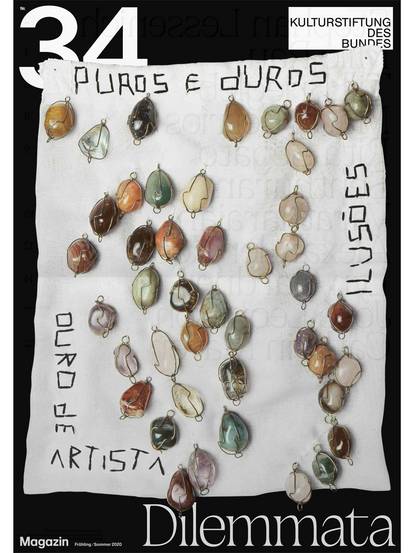
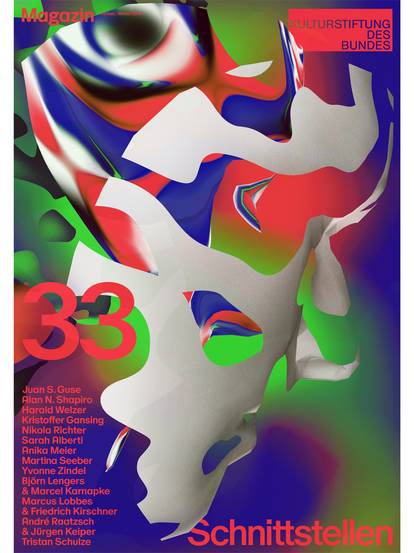
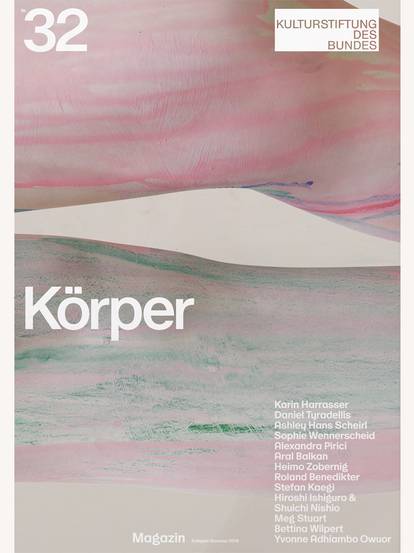
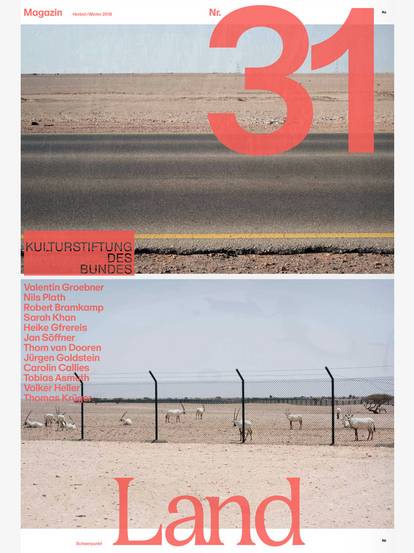
![[Translate to English:] Magazine 30](/fileadmin/_processed_/c/b/csm_magazin30_vorschau_9005f773d3.jpg)


